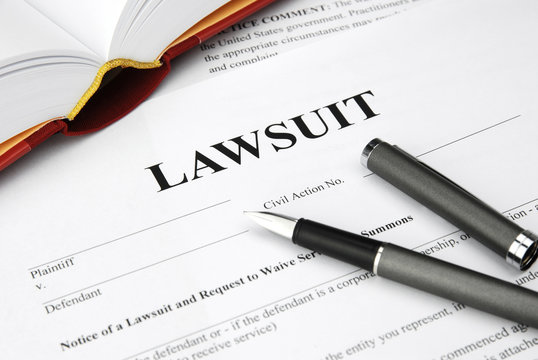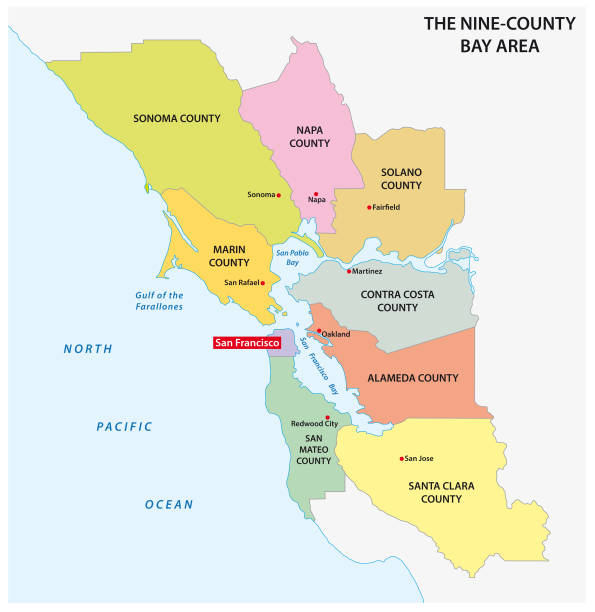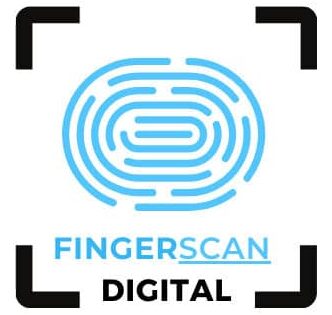Don’t Panic — Follow These 5 Steps to Respond Correctly
Receiving a civil summons in California can be confusing and overwhelming—especially if you’ve never been involved in a lawsuit before. But don’t ignore it. Failing to respond properly can lead to a default judgment against you, wage garnishment, or even the loss of your property.
At Fingerscan Digital, we work closely with Legal Document Assistants (LDAs) to support self-represented individuals facing legal issues. In this post, we’ll walk you through what to do if you’re served court papers, how to protect your rights, and where to get affordable help if you don’t have an attorney.

What Is a Civil Summons?
A civil summons is a legal notice informing you that a lawsuit has been filed against you in a California court. It usually comes with a complaint, which outlines what the plaintiff (the person suing you) is asking for—often money, property, or some kind of legal relief.
You’ll typically be served in person, by substituted service, or by mail (in rare cases). Once served, the clock starts ticking.

Step 1: Check the Deadline to Respond
In California, you have:
30 calendar days to file a written response (like an Answer) in most civil cases
5–15 days for special types of cases like unlawful detainers (evictions)
If you miss your deadline, the court may enter a default judgment against you, meaning the plaintiff wins automatically.
Step 2: Read the Complaint Carefully
Read the complaint attached to your summons. It contains important information:
Why you’re being sued (breach of contract, personal injury, debt, etc.)
Who is suing you
Which court the case is filed in
The relief the plaintiff is requesting
Look for errors. If the complaint is filed against the wrong person or the facts are inaccurate, this will guide how you respond.
Step 3: Prepare a Response
To fight the lawsuit, you must file a response with the court—usually an Answer (Form PLD-C-010) or a Motion to Dismiss. Your response must be:
Filed within the deadline
Served to the plaintiff (with Proof of Service)
Customized to match your legal position
Pro tip: Avoid using a generic response. Your Answer should address each claim and raise any defenses you have.
Step 4: File and Serve Your Response
To file your Answer:
Go to the courthouse where the case is filed or e-file (if the court allows)
File your original Answer with the clerk
Serve a copy on the plaintiff or their attorney
File a Proof of Service (POS-030) with the court
Filing the documents correctly and on time keeps your rights intact and gives you a chance to fight the case or negotiate a settlement.
Step 5: Get Help from a Legal Document Assistant (LDA)
If you can’t afford an attorney but still want to respond properly, a California Legal Document Assistant (LDA) can help you prepare the court forms under your direction.
We recommend TrustPoint Disability & Legal Services LLC — your local, bonded LDA in San Jose. They specialize in helping self-represented individuals file:
-
Civil case responses (Answers, Motions, Proof of Service)
-
Cross-Complaints
-
Small claims responses
-
Motions to Set Aside Default Judgments
Backlink anchor: Get help preparing your legal documents from TrustPoint Disability & Legal Services, your trusted LDA partner in California.
FAQ: Civil Summons in California
What happens if I don’t respond to a civil summons?
A default judgment may be entered against you. The plaintiff could collect money by garnishing your wages, levying your bank accounts, or placing liens on your property.
Can I settle without going to court?
Yes. If you file an Answer, you can still negotiate a settlement. Settling before trial can save time and legal fees.
How much does it cost to file an Answer?
In California, filing fees range from $225–$450, depending on the amount of the lawsuit. Fee waivers are available for low-income individuals.
Serving Clients in San Jose and Beyond

Fingerscan Digital supports legal document preparation clients throughout:
San Jose
Santa Clara
Milpitas
Gilroy
Morgan Hill
Sunnyvale
And throughout the Bay Area
Need fast help with fingerprinting, legal filings, or notary services? We’re here to support your self-help legal journey.
